In the modern cloud-native world, microservices, Spring Boot, and containerized deployments have accelerated application delivery. But with this speed often comes overlooked attack surfaces—one such lurking risk is insecure exposure of Java Heap Dumps, especially via Spring Actuator Endpoints.
In this post, we’ll break down:
✅ What are Java Heap Dumps?
✅ How attackers can abuse exposed Heap Dumps
✅ How Spring Actuator contributes to this risk
✅ Best practices for secure handling of Heap Dumps in DevSecOps pipelines
✅ What penetration testers look for—and what developers should secure
What Is a Java Heap Dump?
A Heap Dump is a snapshot of your application’s memory at a given time, capturing all live objects, their classes, references, and values.
Heap dumps are invaluable for:
- Debugging memory leaks
- Performance analysis
- Diagnosing crashes
But from a security standpoint, they can be a goldmine for attackers:
🚩 Credentials in memory
🚩 API keys, tokens, session IDs
🚩 Internal logic and class structures
🚩 Personally Identifiable Information (PII)
🚩 Encryption keys or secrets
Spring Boot Actuator & Heap Dump Exposure
Spring Boot Actuator simplifies monitoring and diagnostics with production-ready endpoints like:
While extremely useful for observability, misconfigured Actuators are a frequent cause of:
- Exposed internal system information
- Unauthenticated access to sensitive endpoints
- Downloadable Heap Dumps by any external actor
Real-world finding from Penetration Testing:
Many microservice applications, especially in cloud or container setups, inadvertently leave Actuator endpoints accessible on the public network or internal zones without proper access control.
From a Security & DevSecOps Lens: Heap Dumps Best Practices
- Restrict Actuator Exposure
- Never expose Actuator endpoints to public networks by default
- Use management port separation:
2. Control Access to Sensitive Endpoints
- Disable or secure /actuator/heapdump, /actuator/threaddump, /actuator/env
- Enforce authentication & role-based access:
3. Harden DevSecOps Pipelines
- Integrate Static Analysis (SAST) to detect insecure Actuator exposure
- Use Infrastructure-as-Code (IaC) security scanning for container and cloud deployments
- Automate checks ensuring heap dumps are written only to secure, ephemeral locations
4. Secure Heap Dump Storage
- Never store dumps in web-accessible directories
- Secure storage with strict access controls
- Clean up dumps after use
5. Security Awareness for Developers
- Understand that tools aiding debugging can become attack vectors
- During design & sprint planning (SecSDLC), classify Heap Dump exposure as a potential threat
- Use threat modeling to explicitly address diagnostic endpoints
In the modern cloud-native world, microservices, Spring Boot, and containerized deployments have accelerated application delivery. But with this speed often comes overlooked attack surfaces—one such lurking risk is insecure exposure of Java Heap Dumps, especially via Spring Actuator Endpoints.
In this post, we’ll break down:
✅ What are Java Heap Dumps?
✅ How attackers can abuse exposed Heap Dumps
✅ How Spring Actuator contributes to this risk
✅ Best practices for secure handling of Heap Dumps in DevSecOps pipelines
✅ What penetration testers look for—and what developers should secure
What Is a Java Heap Dump?
A Heap Dump is a snapshot of your application’s memory at a given time, capturing all live objects, their classes, references, and values.
Heap dumps are invaluable for:
- Debugging memory leaks
- Performance analysis
- Diagnosing crashes
But from a security standpoint, they can be a goldmine for attackers:
🚩 Credentials in memory
🚩 API keys, tokens, session IDs
🚩 Internal logic and class structures
🚩 Personally Identifiable Information (PII)
🚩 Encryption keys or secrets
Spring Boot Actuator & Heap Dump Exposure
Spring Boot Actuator simplifies monitoring and diagnostics with production-ready endpoints like:
bash
CopyEdit
/actuator/heapdump
/actuator/env
/actuator/beans
/actuator/mappings
While extremely useful for observability, misconfigured Actuators are a frequent cause of:
- Exposed internal system information
- Unauthenticated access to sensitive endpoints
- Downloadable Heap Dumps by any external actor
Real-world finding from Penetration Testing:
Many microservice applications, especially in cloud or container setups, inadvertently leave Actuator endpoints accessible on the public network or internal zones without proper access control.
From a Security & DevSecOps Lens: Heap Dumps Best Practices
- Restrict Actuator Exposure
- Never expose Actuator endpoints to public networks by default
- Use management port separation:
properties
CopyEdit
management.server.port=8081
management.server.address=127.0.0.1
2. Control Access to Sensitive Endpoints
- Disable or secure /actuator/heapdump, /actuator/threaddump, /actuator/env
- Enforce authentication & role-based access:
properties
CopyEdit
management.endpoint.heapdump.enabled=true
management.endpoints.web.exposure.include=health,info
3. Harden DevSecOps Pipelines
- Integrate Static Analysis (SAST) to detect insecure Actuator exposure
- Use Infrastructure-as-Code (IaC) security scanning for container and cloud deployments
- Automate checks ensuring heap dumps are written only to secure, ephemeral locations
4. Secure Heap Dump Storage- Never store dumps in web-accessible directories
- Secure storage with strict access controls
- Clean up dumps after use
5. Security Awareness for Developers
Understand that tools aiding debugging can become attack vectors
During design & sprint planning (SecSDLC), classify Heap Dump exposure as a potential threat
Use threat modeling to explicitly address diagnostic endpoints
Penetration Testing View: How Attackers Abuse Heap Dumps
During security assessments, testers often:
✔️ Look for open Actuator endpoints via /actuator enumeration
✔️ Download Heap Dumps and analyze offline with tools like Eclipse MAT, VisualVM, JHAT, or HeapHero
✔️ Extract hardcoded secrets, tokens, and sensitive business logic
For developers, understanding these steps helps design with defense in mind.
“A heap dump is like your application’s diary – if you wouldn’t publish your secrets there, don’t expose your heap to the world,” said Seid Yassin, Manager and Lead – Offensive Security and Red Team at DTS Solution
“What helps you diagnose in production can help attackers dissect your system.” He added.
Key Takeaways for Secure Development Teams
✅ Heap Dumps are powerful, but dangerous in the wrong hands
✅ Actuator endpoints need strict hardening and access control
✅ DevSecOps pipelines must automate security checks for diagnostics exposure
✅ Threat modeling and secure SDLC processes should explicitly cover observability risks
✅ Security is a shared responsibility—debugging convenience shouldn’t trump protection
Final Thought
In the evolving microservices landscape, security isn’t just about APIs and firewalls—even “harmless” debugging tools like Heap Dumps can unravel your defenses.
Building developer-first security culture, backed by automated checks and secure defaults, is the only way to balance rapid innovation with robust protection.
Penetration Testing View: How Attackers Abuse Heap Dumps
During security assessments, testers often:
✔️ Look for open Actuator endpoints via /actuator enumeration
✔️ Download Heap Dumps and analyze offline with tools like Eclipse MAT, VisualVM, JHAT, or HeapHero
✔️ Extract hardcoded secrets, tokens, and sensitive business logic
For developers, understanding these steps helps design with defense in mind.
“A heap dump is like your application’s diary – if you wouldn’t publish your secrets there, don’t expose your heap to the world,” said Seid Yassin, Manager and Lead – Offensive Security and Red Team at DTS Solution.
“What helps you diagnose in production can help attackers dissect your system.” He added.
Key Takeaways for Secure Development Teams
✅ Heap Dumps are powerful, but dangerous in the wrong hands
✅ Actuator endpoints need strict hardening and access control
✅ DevSecOps pipelines must automate security checks for diagnostics exposure
✅ Threat modeling and secure SDLC processes should explicitly cover observability risks
✅ Security is a shared responsibility—debugging convenience shouldn’t trump protection.
Final Thought
In the evolving microservices landscape, security isn’t just about APIs and firewalls—even “harmless” debugging tools like Heap Dumps can unravel your defenses.
Building developer-first security culture, backed by automated checks and secure defaults, is the only way to balance rapid innovation with robust protection.
See also:

